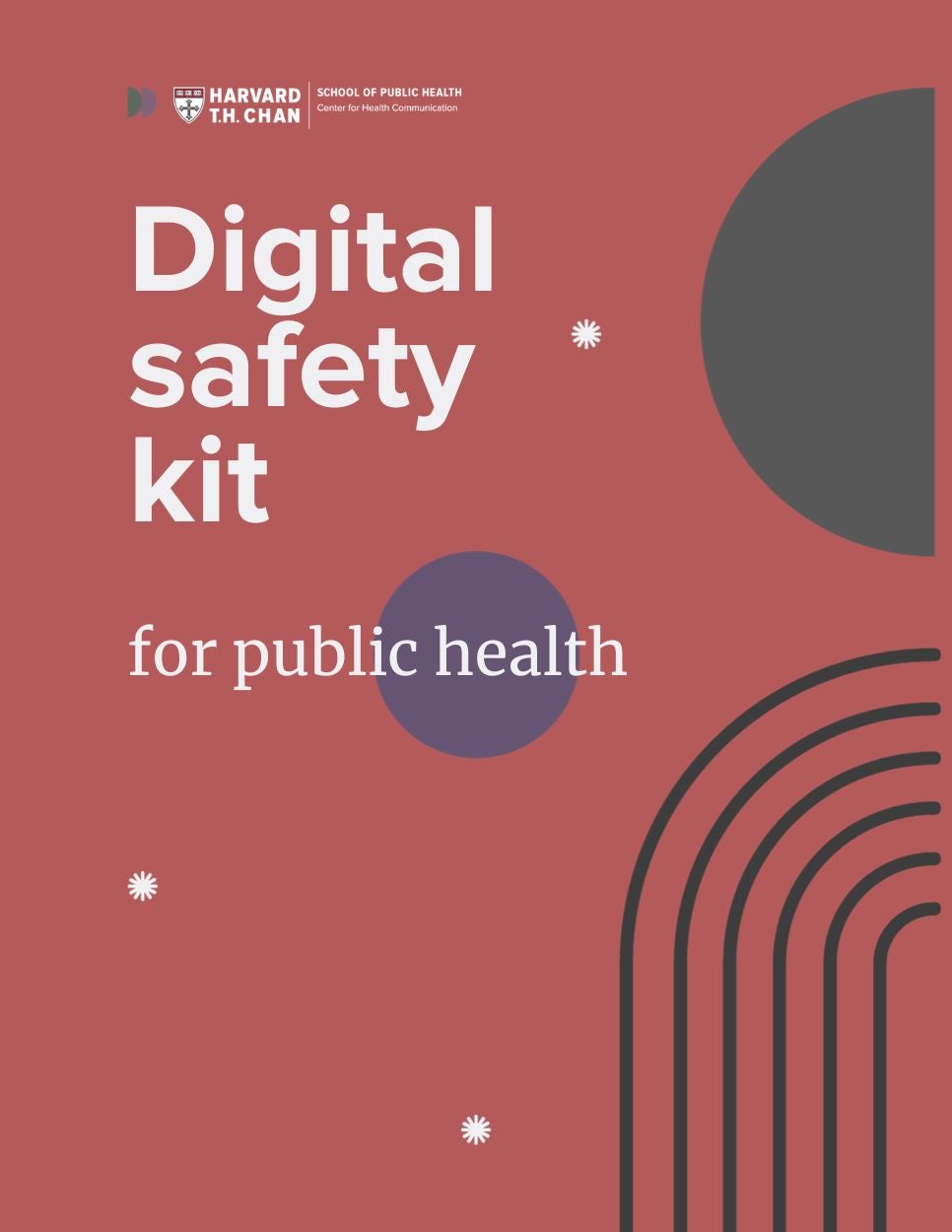Online harassment takes many different forms, including: stalking, threats, insults, and hate speech. If you or someone you know is experiencing online harassment, here are some steps you can take to reduce the amount of abusive interactions and cut off pathways for online harassment to spread in person. Remember: it is not your fault if you are experiencing online harassment.
Note that some of these steps assume a supportive work or school environment. It’s also important to keep in mind that experiences of harassment may interact with broader structures of discrimination for people of various identities, including women, LGBTQ+ people, Black, Indigenous, and other people of color. These recommendations will be more complicated if the harassment is internal, in which case you may want to reach out to an external advocate, a workers union, or your broader social/professional network.
What can I do if I am experiencing harassment?
- Assess your priorities and your boundaries. How important is staying visible online? How willing are you to change your online or offline behaviors? What would have to change for you to rethink this?
- Consider changing your social media accounts’ visibility settings or deactivating your accounts temporarily.
- Document abusive interactions, including social media posts, direct messages, and emails. Ask a trusted friend or colleague for help if you need to.
- On social media, report content that goes against a platform’s terms of service.
- Mute or block harassers on social media as needed. Don’t interact with them. Keep in mind that blocking someone is usually visible to them, as they will no longer be able to view and/or interact with your content. In contrast, muting is not usually visible to them, as it prevents you from viewing their content.
- On independent websites, report content that goes against a web host’s terms of service. Popular web hosts include GoDaddy and DreamHost. You can search online to find out who hosts a particular website.
- Use social media and search engines to look for any of your contact info that might be circulating online. Report posts and make data deletion requests as necessary. Ask a trusted friend or colleague for help if you need to.
- Check for current log-ins on your social media and email accounts. Log out of any unnecessary devices. Record suspicious log-ins, remotely log them out, and report them, if applicable. Change your password as needed.
- Talk to your friends and loved ones about what’s going on. This can help you get support and warn them about potential threats.
- Reach out for help from trusted leaders, information technology (IT) specialists, diversity/equity/inclusion (DEI) specialists, and social media specialists at your institution.
- If you are a student, consider invoking a FERPA Block with your school. This prohibits a school from publicly releasing your directory information.
What can I do if my colleague is experiencing harassment?
- Take online harassment seriously. Personal insults or threats, hate speech, name calling, and leaking of personal information is not the same as a professional critique.
- Do not interact with harassers on social media. Report them. Be careful of blocking harassers or otherwise taking actions that might signal your connections to the person experiencing harassment.
- If you are a close friend or colleague, privately offer to help screen messages, document abusive interactions, and/or audit the availability of personal info online.
- If you are a close friend or colleague, offer to socialize offline.
What can I do if my direct report or trainee is experiencing harassment?
- Start by asking the person experiencing harassment what they need. Offer any standard supportive measures your employer makes available.
- Advocate for official escalation of harassment reports on social media platforms as necessary. For example, your employer might be able to reach out to the platforms directly.
- Work with your employer to escalate reports to legal authorities as necessary.
- Ensure the person experiencing harassment has the emotional and social support they need within your institution.
- Advocate for the individual’s desired level of public support from your employer.
- Advocate for the individual’s desired accommodations and assistance from institutional leaders, IT specialists, and communications specialists.
- Work with DEI specialists to better identify and respond to identity-based harassment.
- Help the individual audit the data your employer currently makes public about them. Advocate for data removal as necessary.
The Digital Safety Kit was created by Sam Mendez for the Harvard T.H. Chan School of Public Health’s Center for Health Communication. It is designed to help you prevent and reduce the harm of online harassment in public health.




